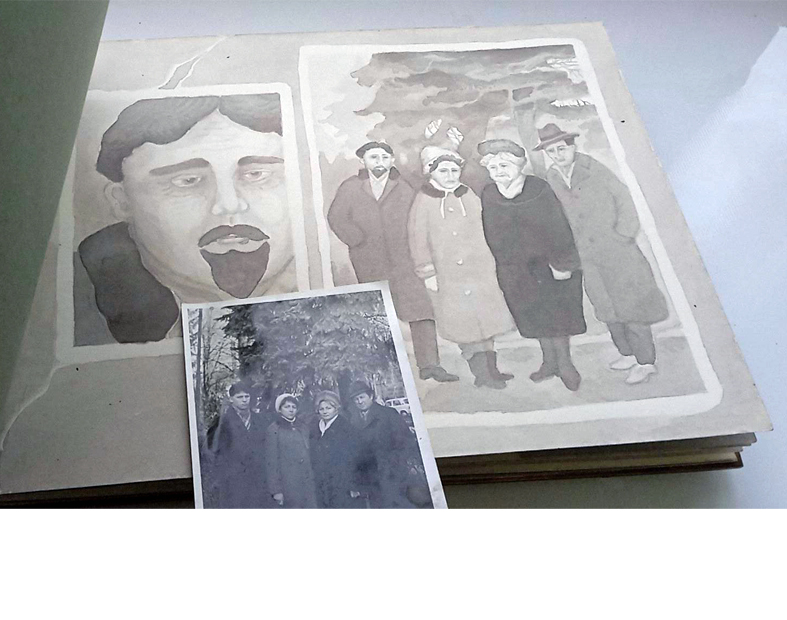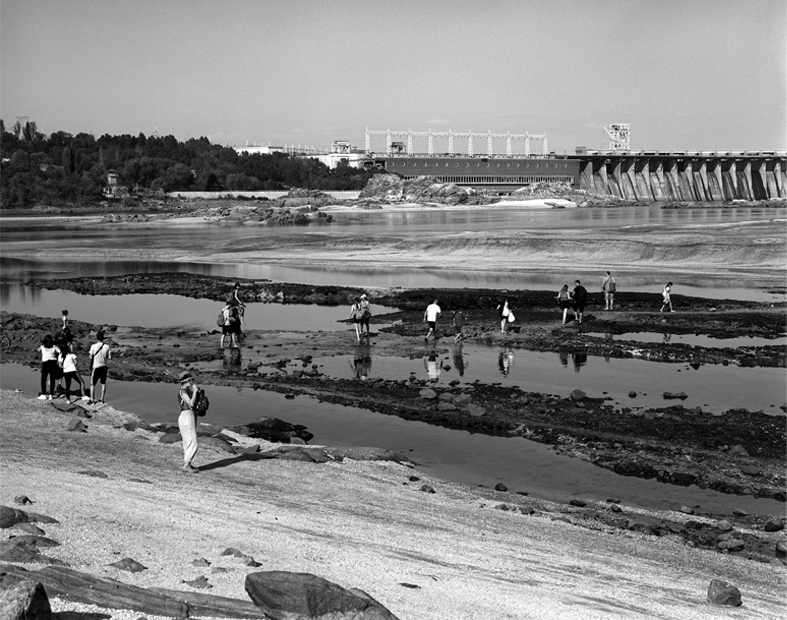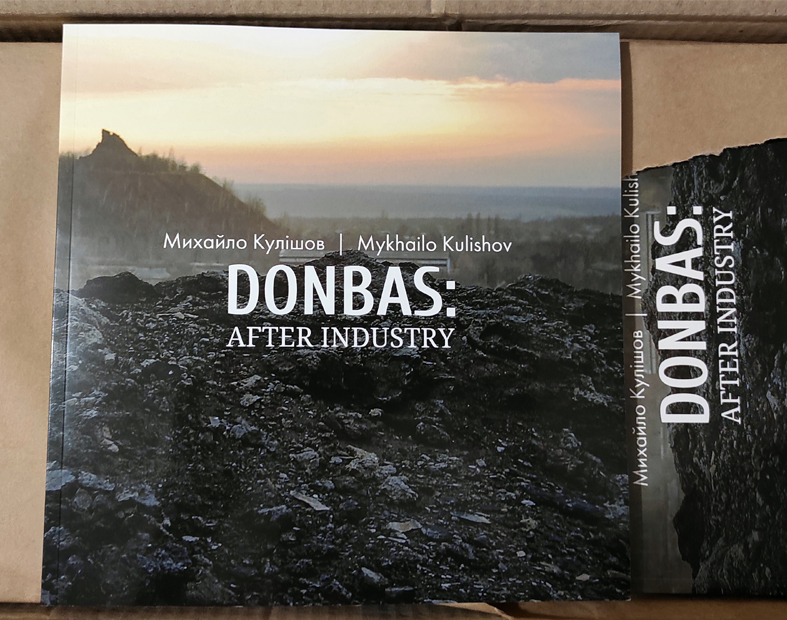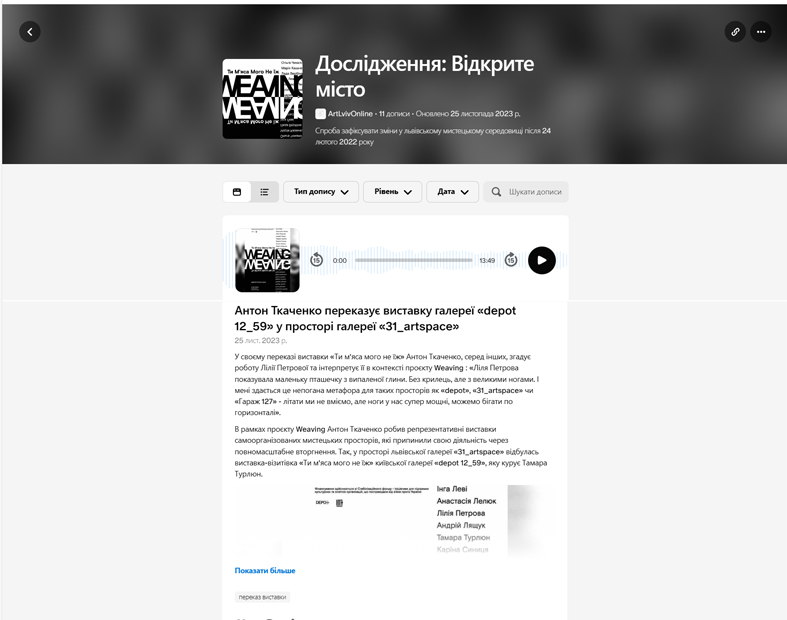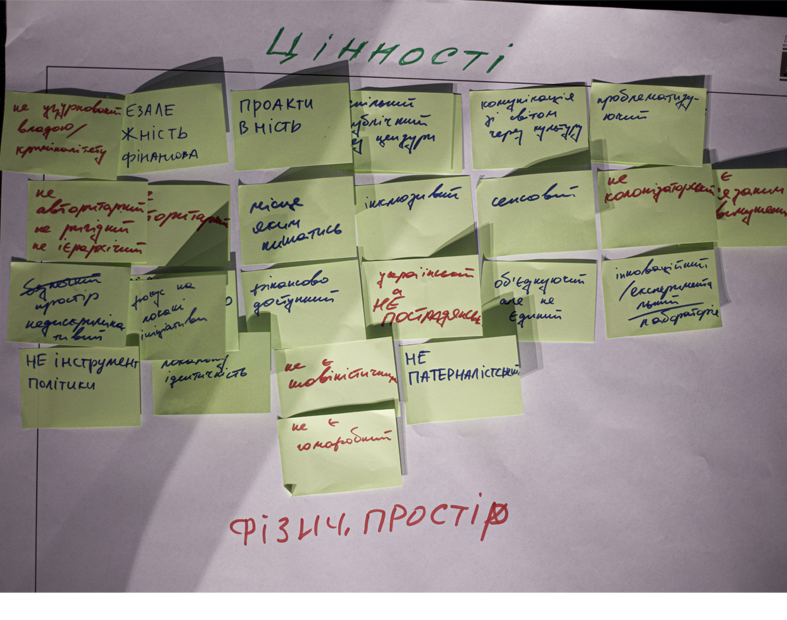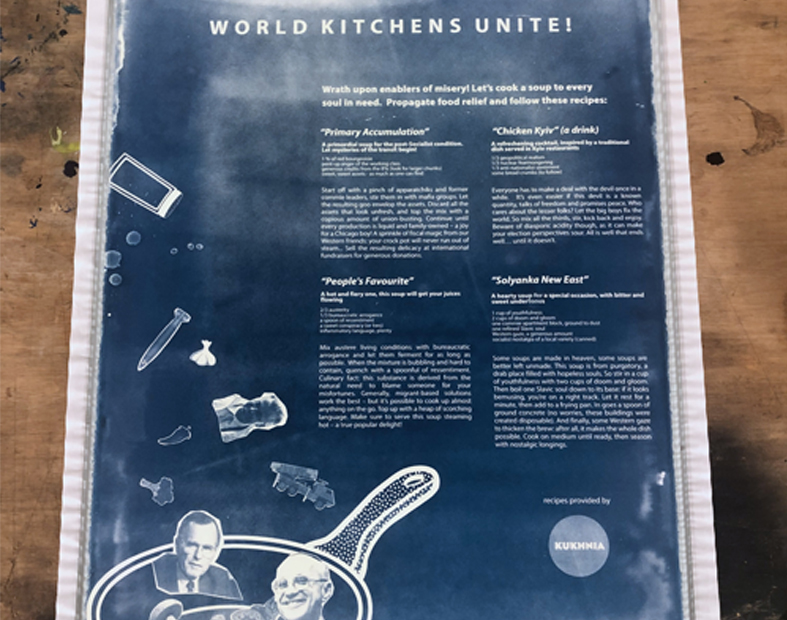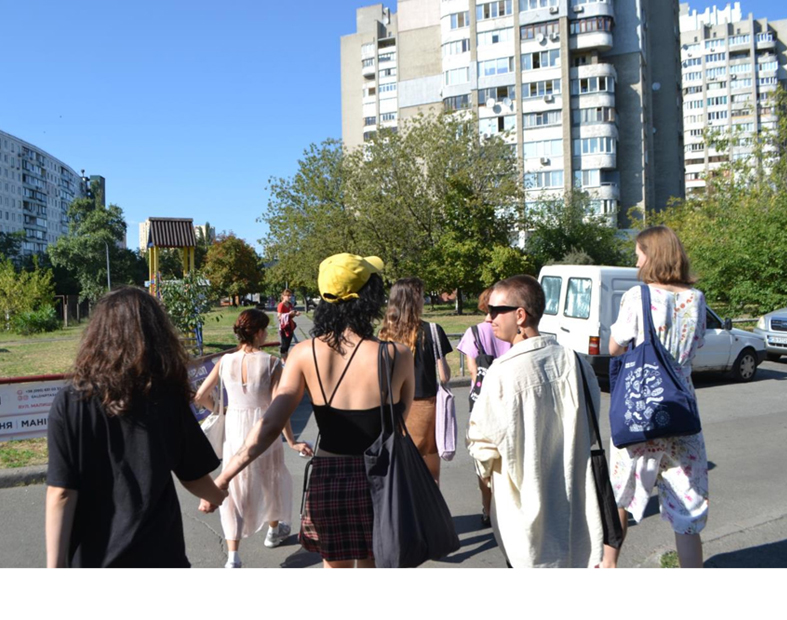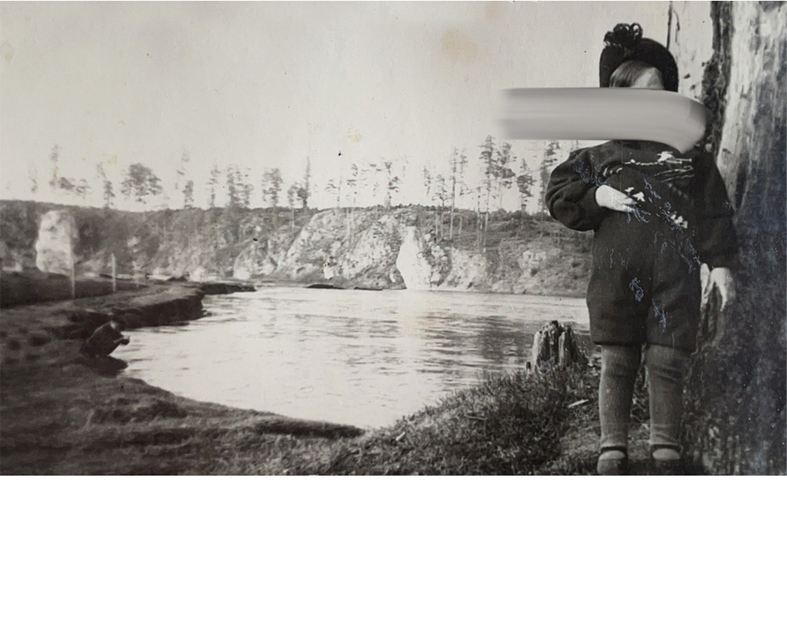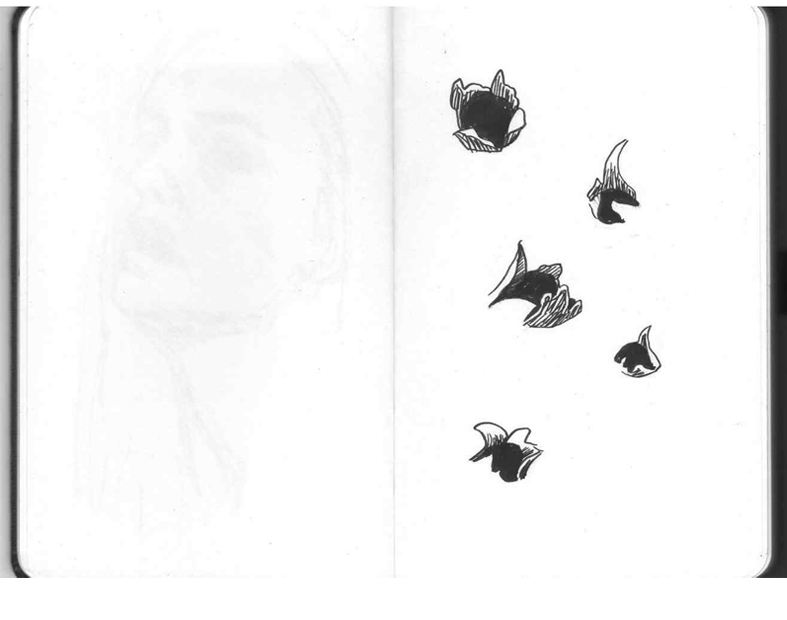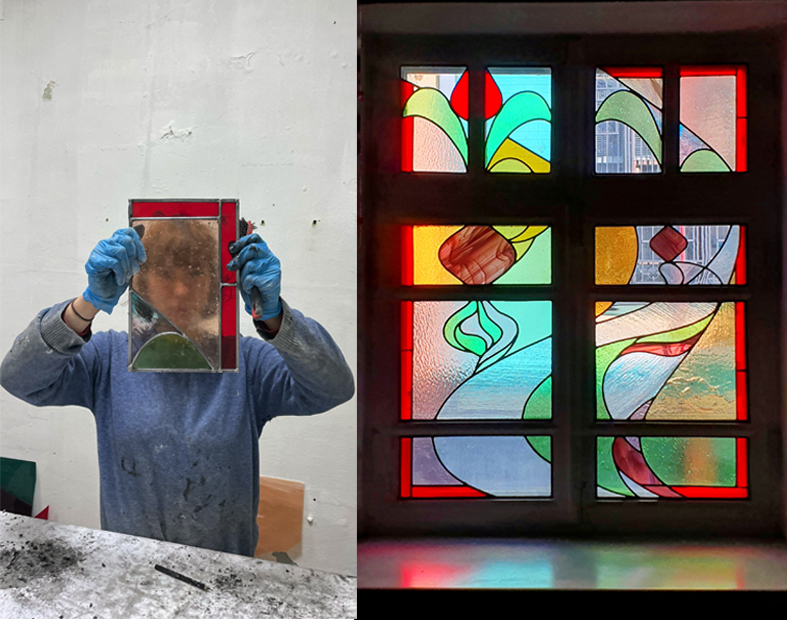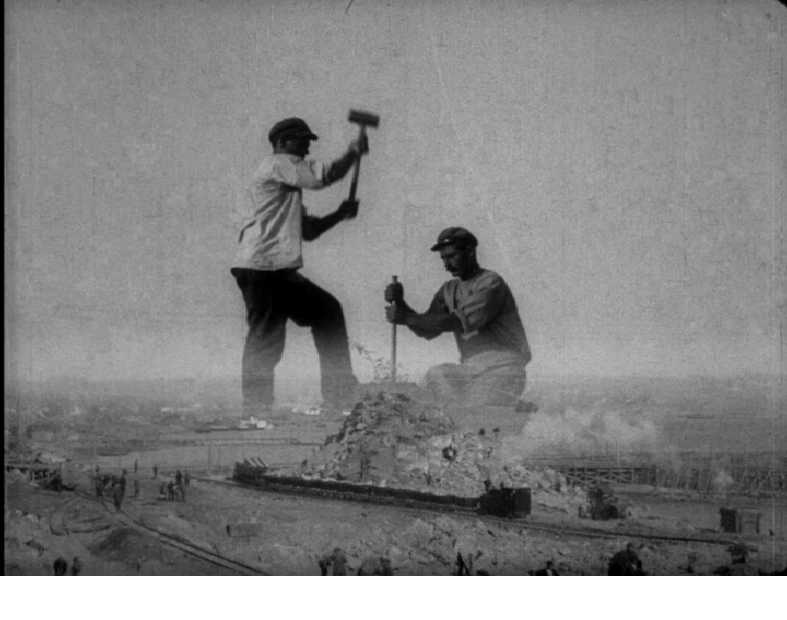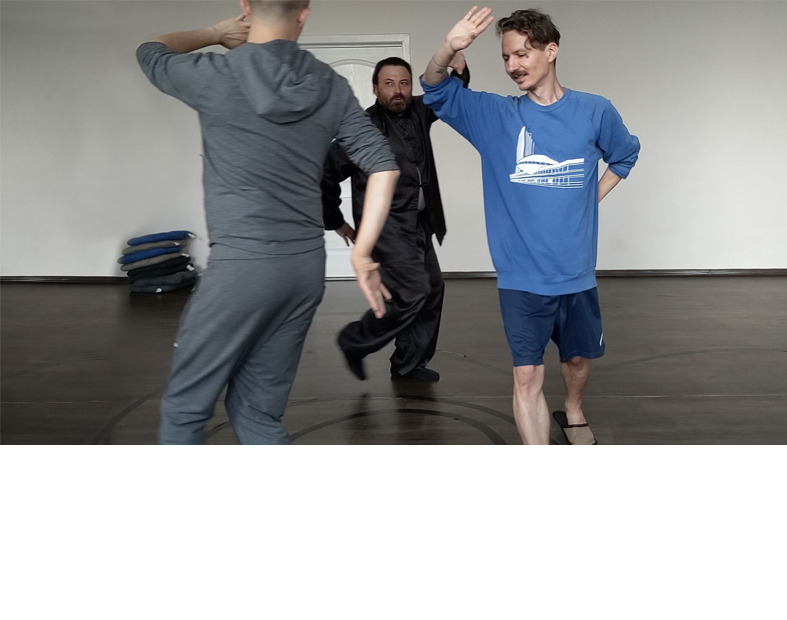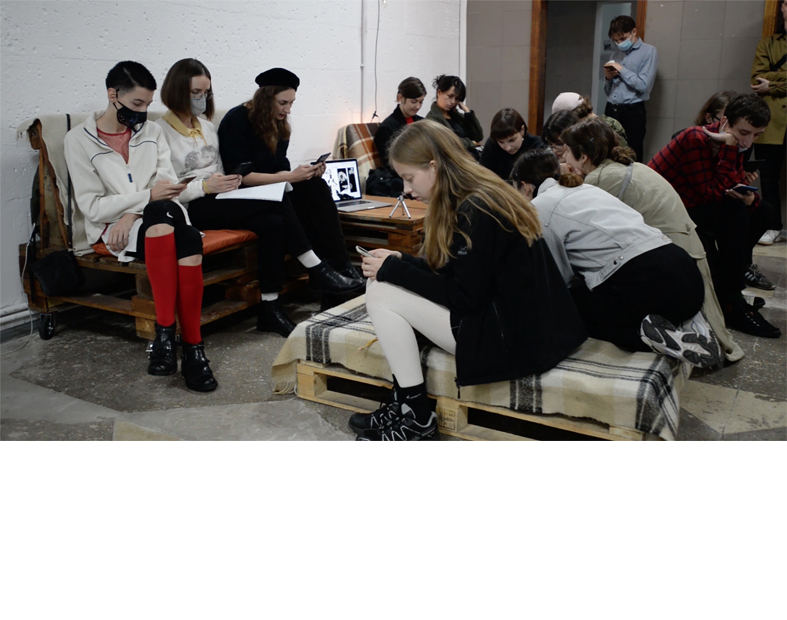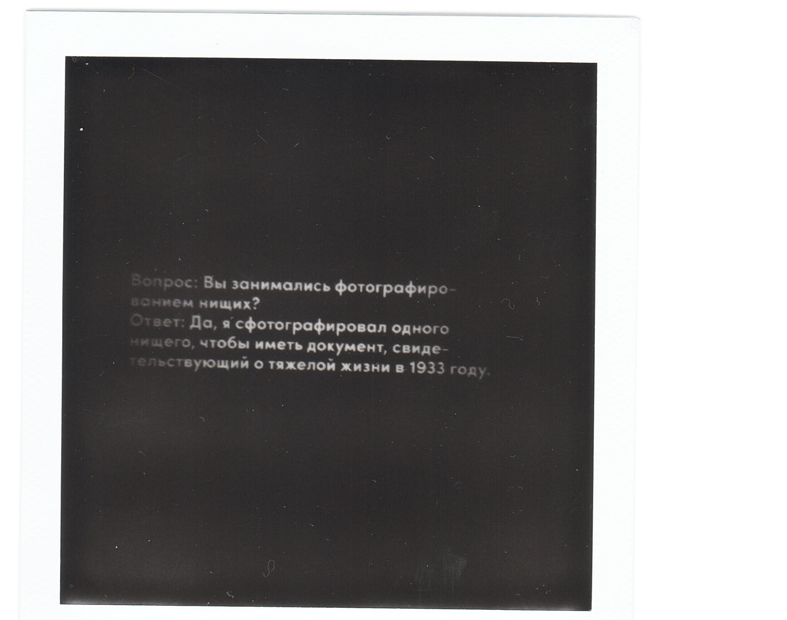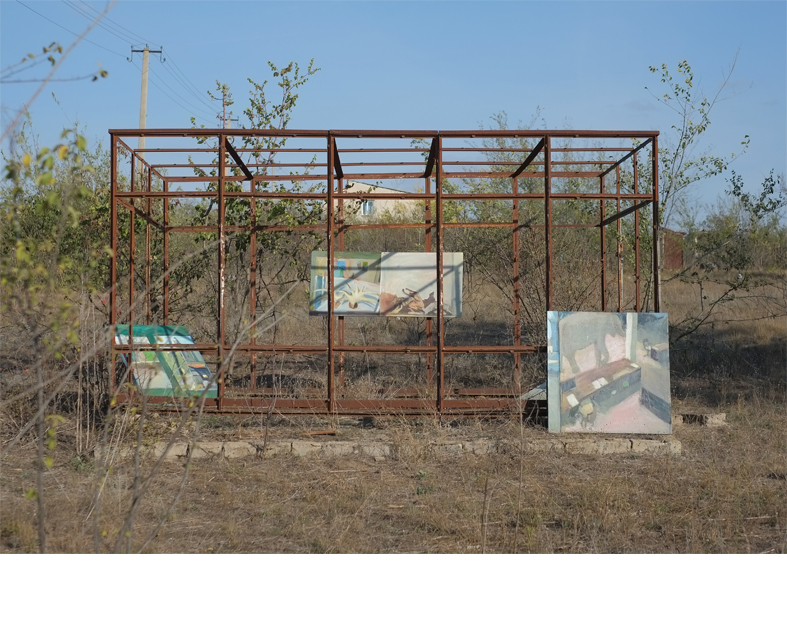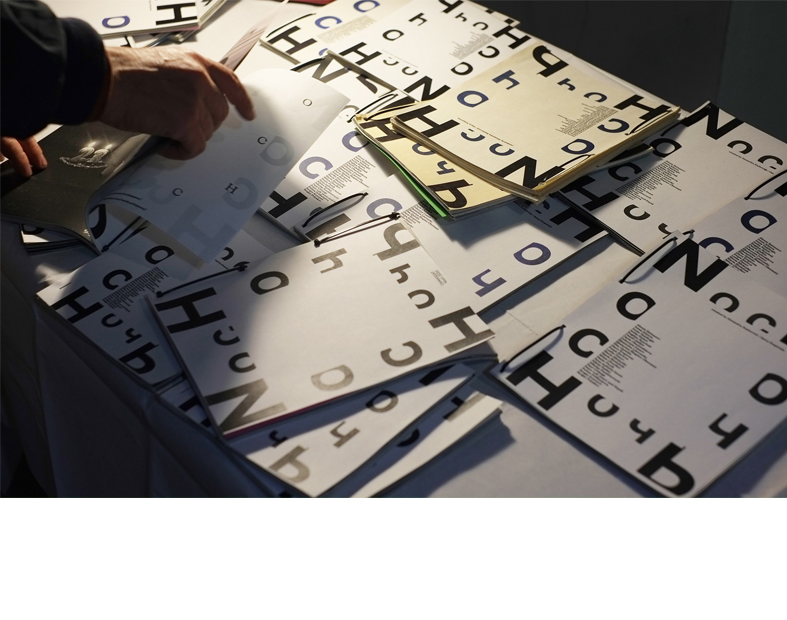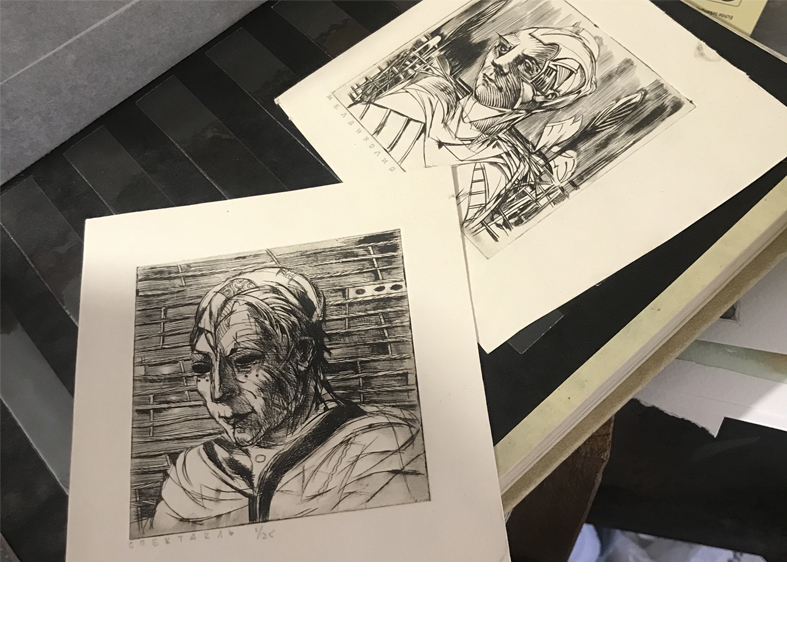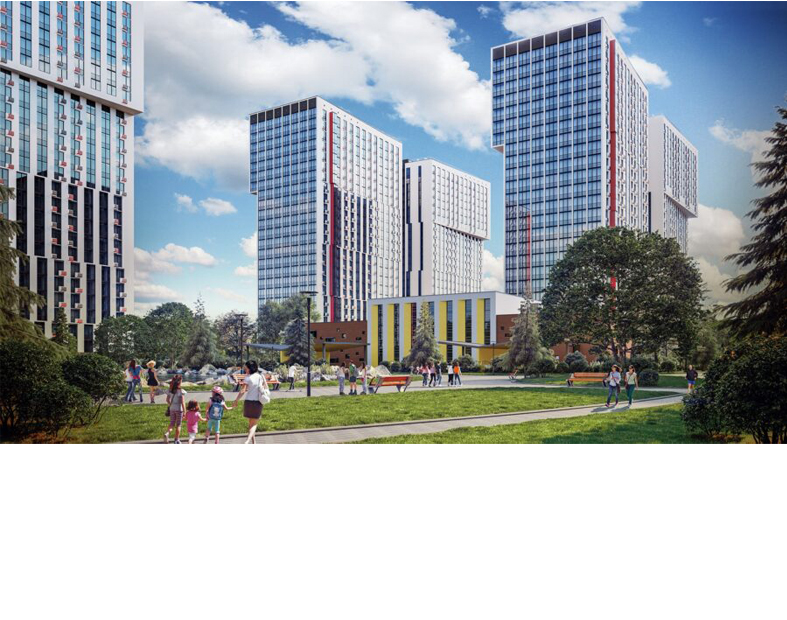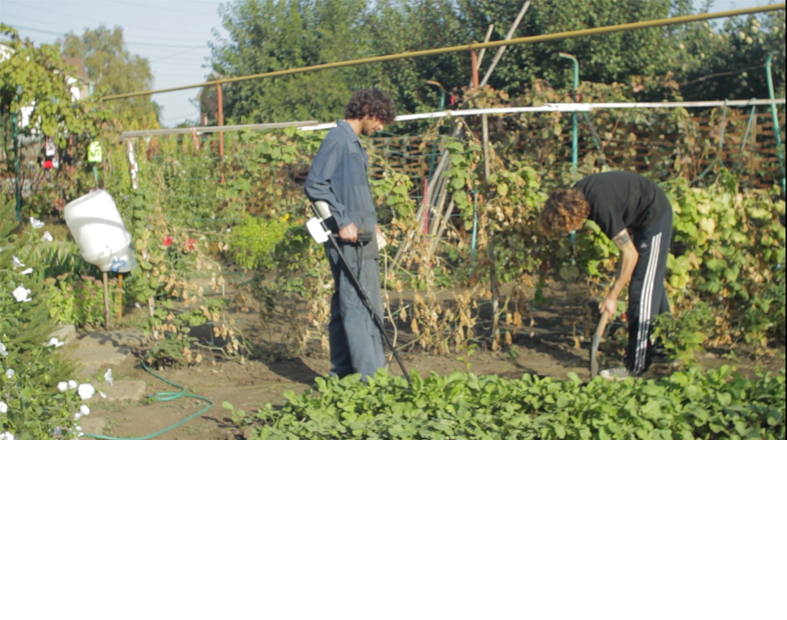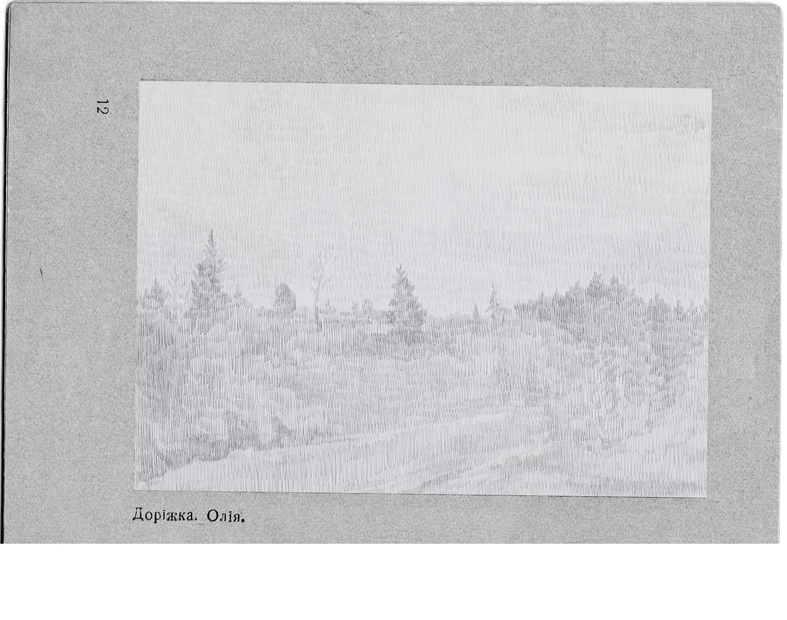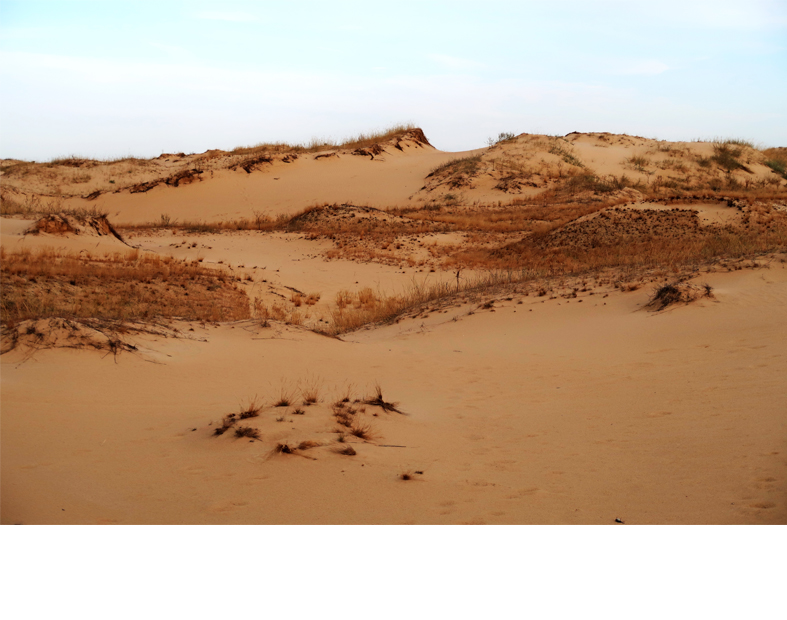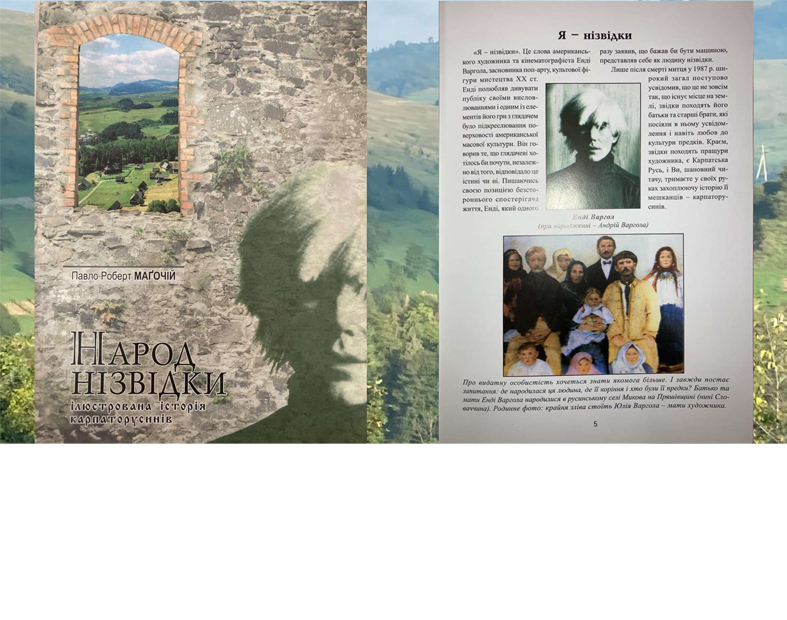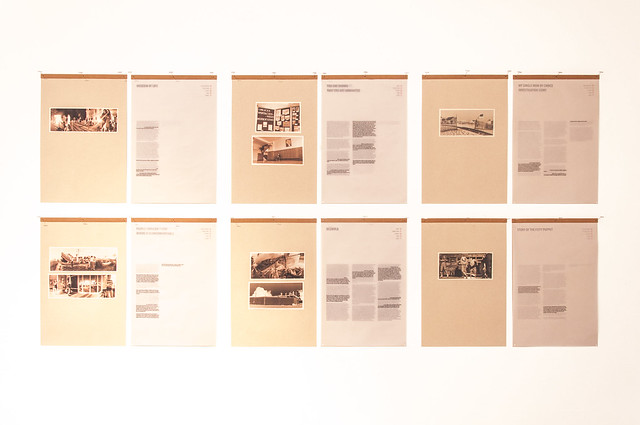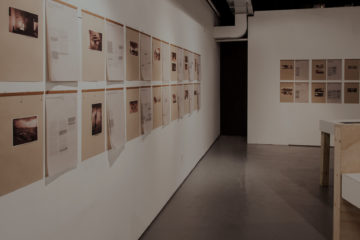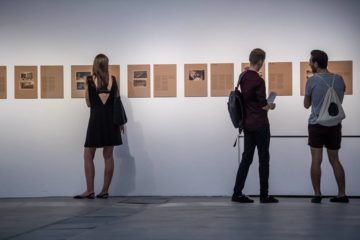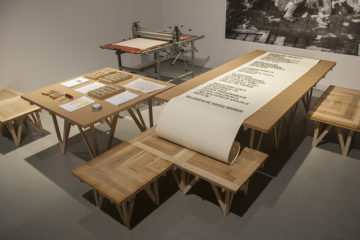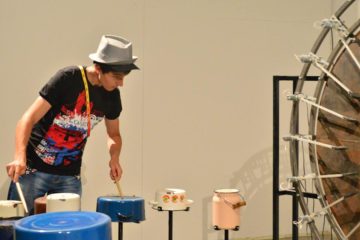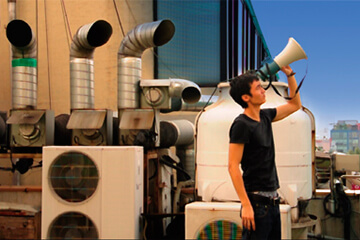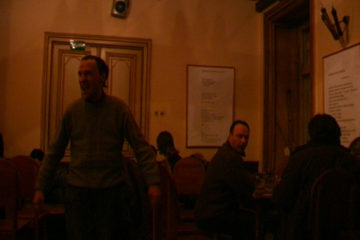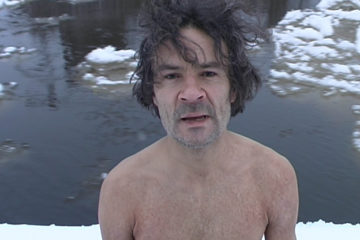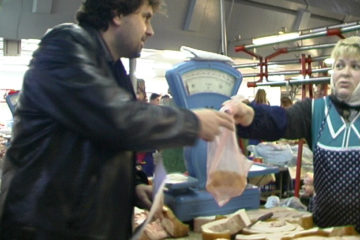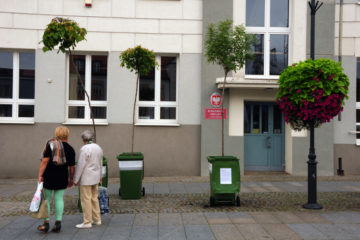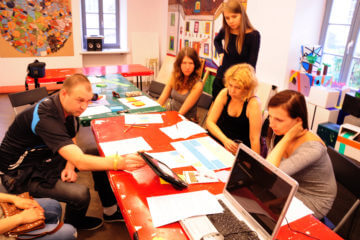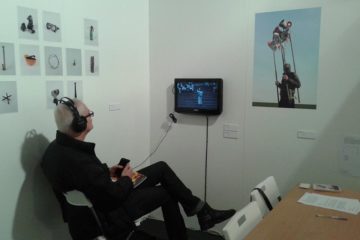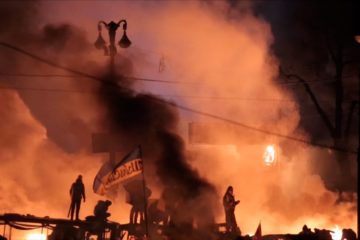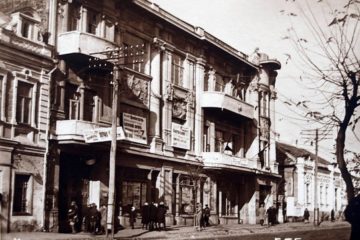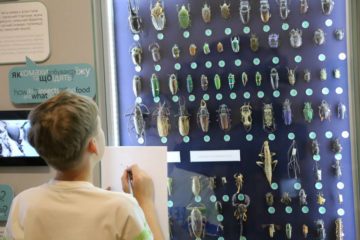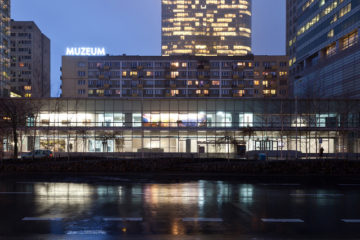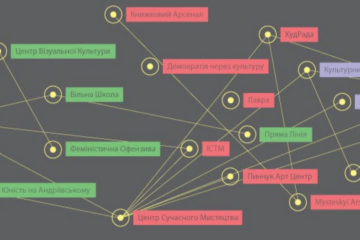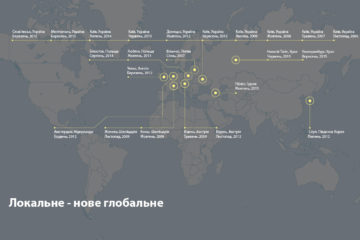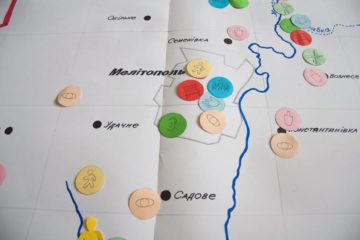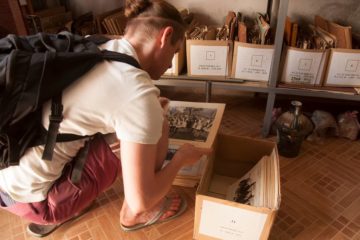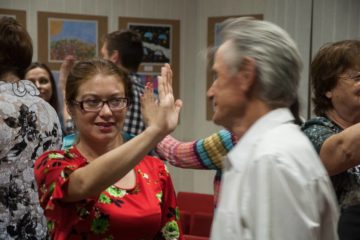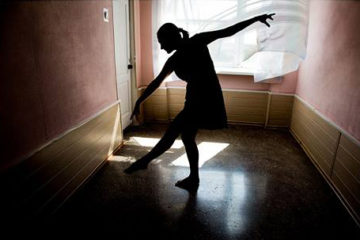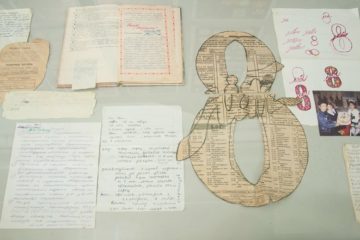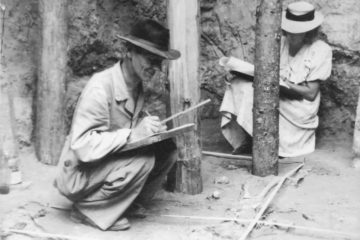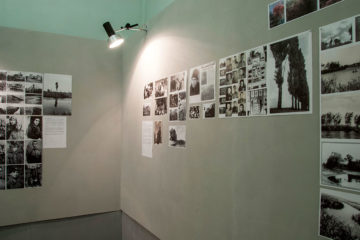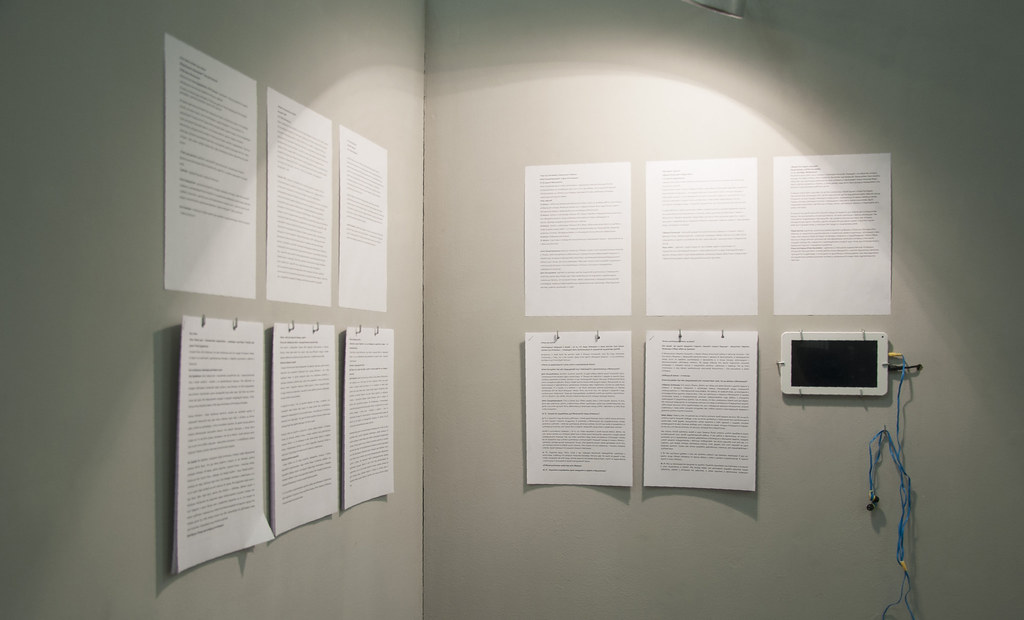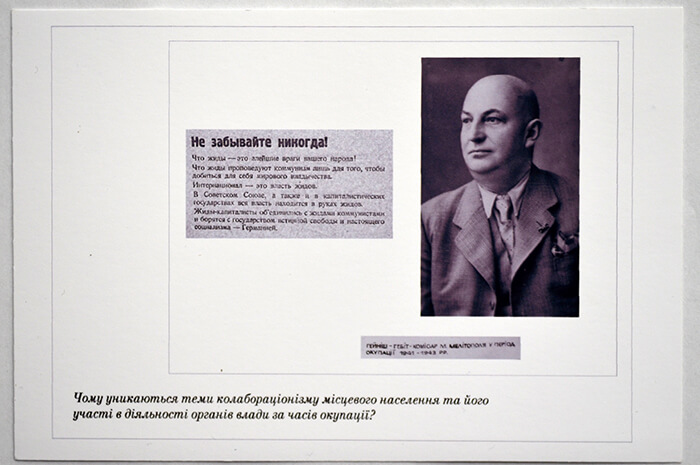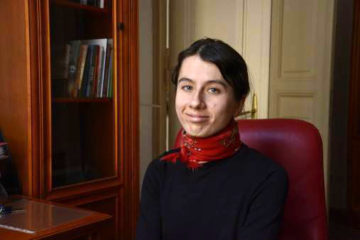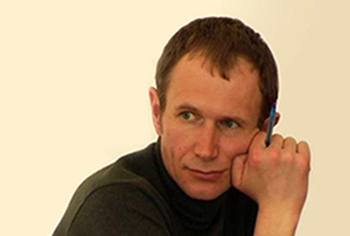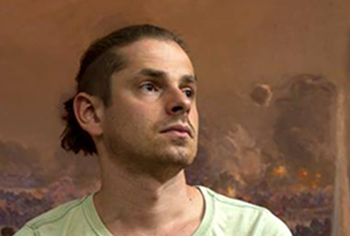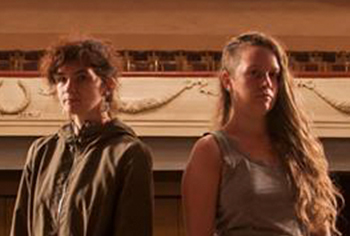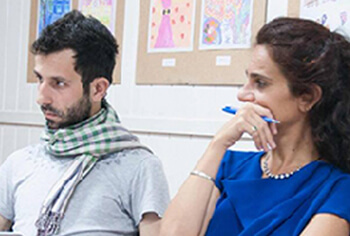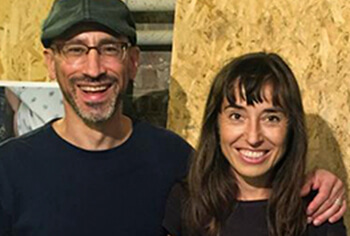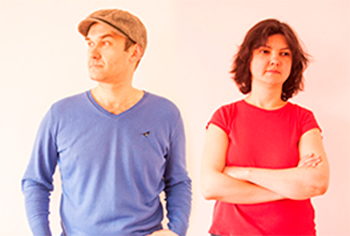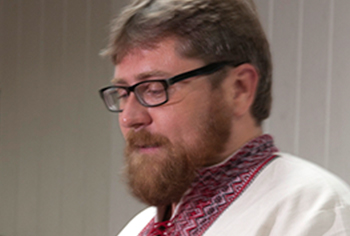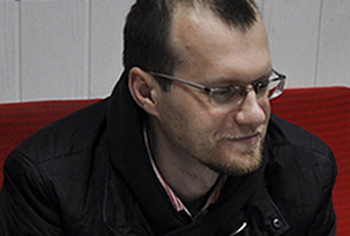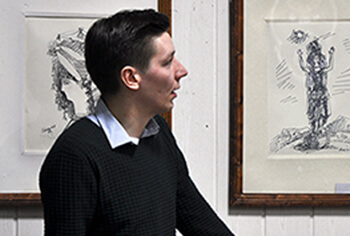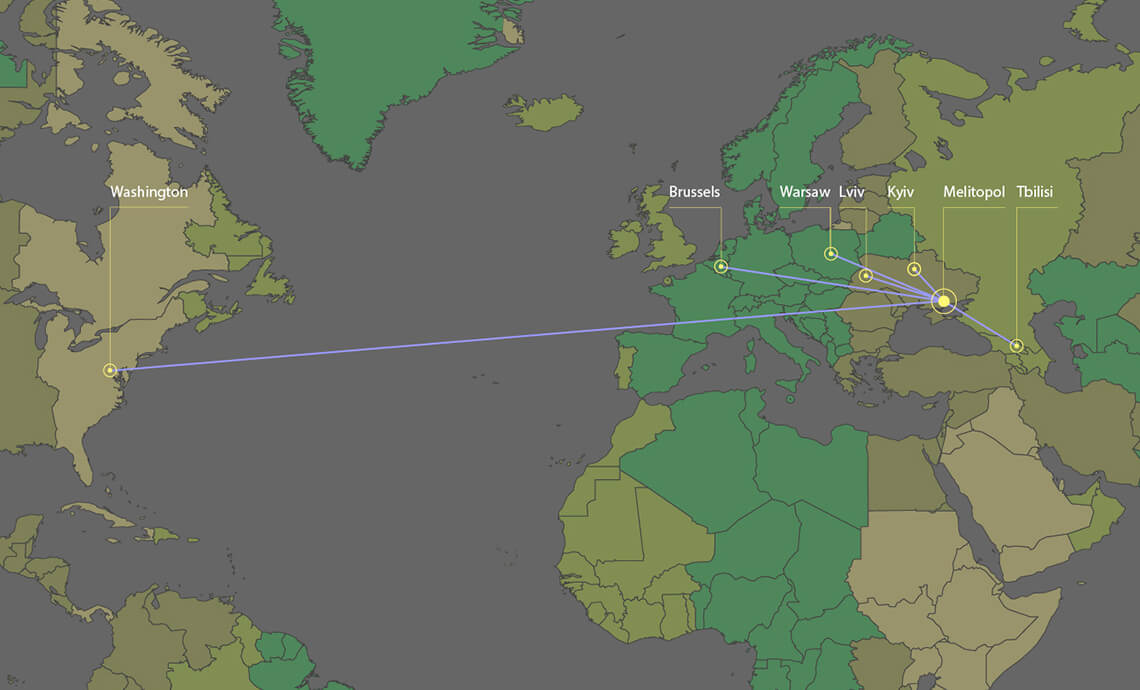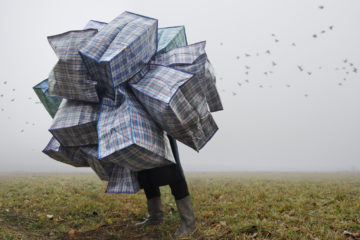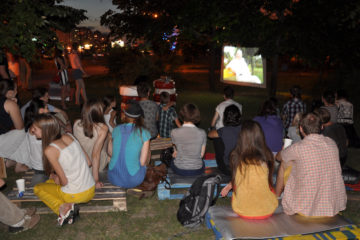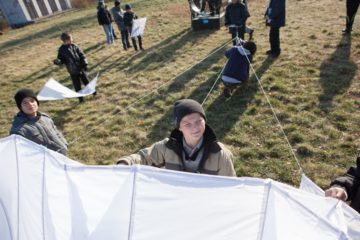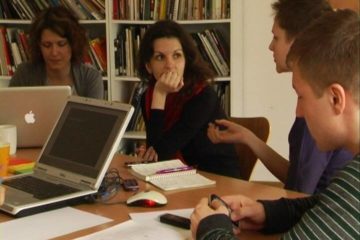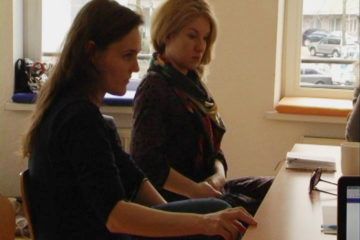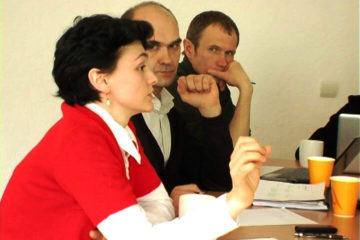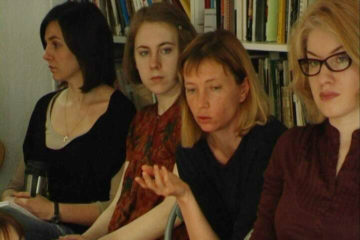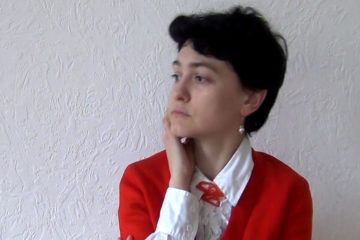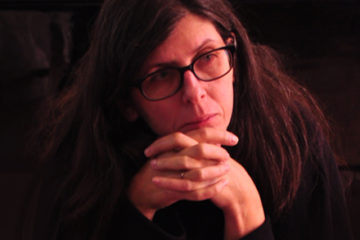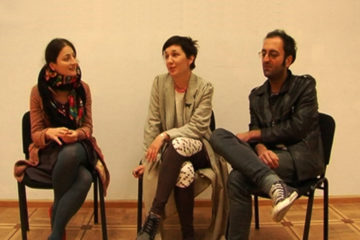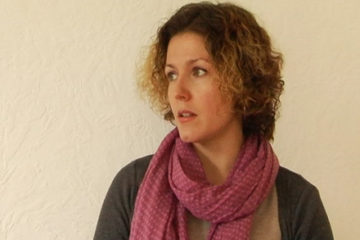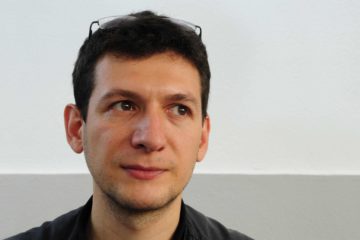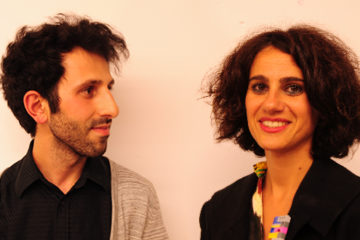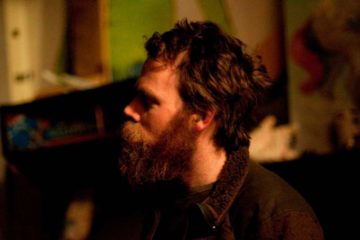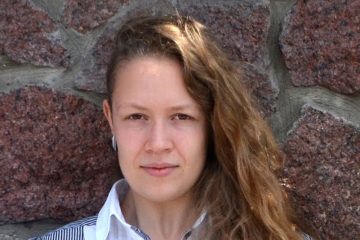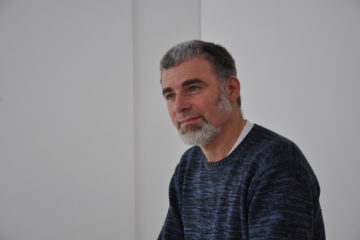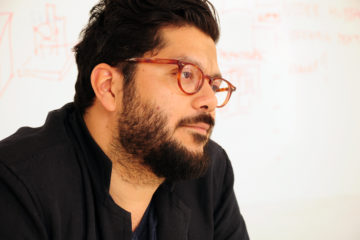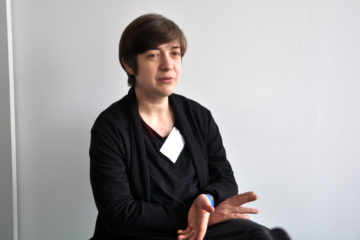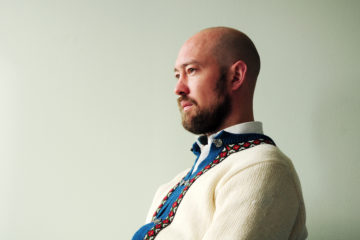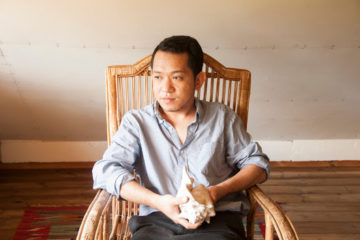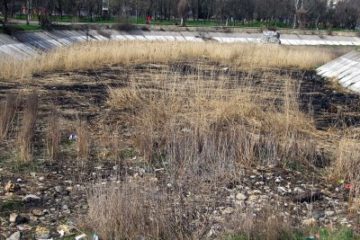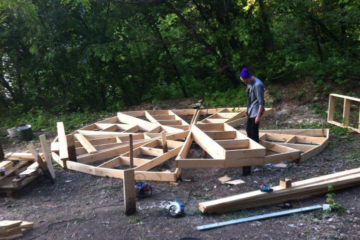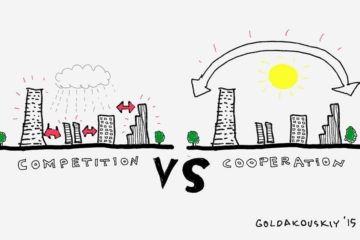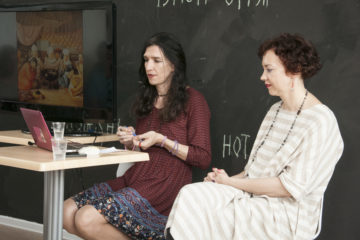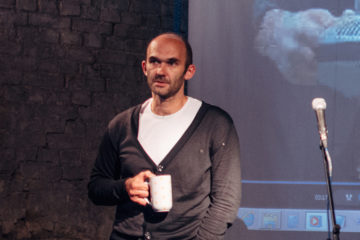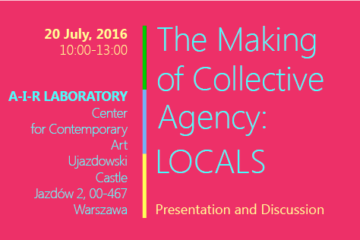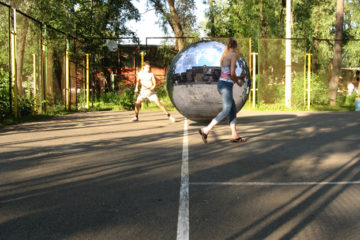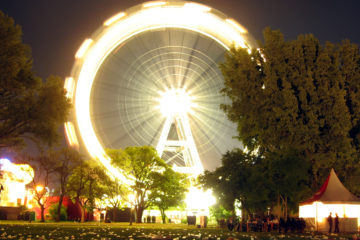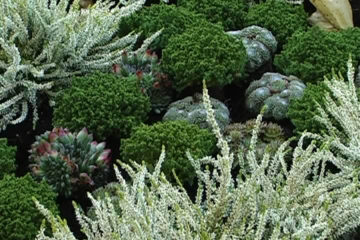IRYNA SKLOKINA
Lives and works in Lviv, Ukraine
Historian, research fellow of the Center of Urban History of East Central Europe. Defended her dissertation about the official Soviet policy of memory of the Nazi occupation of Ukraine using the example of Kharkiv region. Graduated from V. N. Karazin Kharkiv National University (major in history of Ukraine). Worked at Kharkiv National University and the Kowalsky Eastern Institute of Ukrainian Studies (Kharkiv). A member of the Kharkiv Historical and Philological Society. At the Center for Urban History Iryna Sklokina researches historical heritage, in particular industrial and Soviet heritage in Kharkiv and Lviv.
МYKOLA SKYBA
Lives and works in Kyiv, Ukraine
Director of the “Agency for Cultural Strategies”, participant in the “Culture 2025” platform, specialist in creative economy. Graduated from the Faculty of History of the Kyiv National University. T.Shevchenko (2001) and postgraduate study in the specialty “Ethnology”. Investigates the processes of socio-cultural transformations of Ukrainian society and cultural codes of the economy. As an expert in cultural politics, he tracks the dynamics of values’ changing and their impact on the development of society. He analyzes the development of the museum sphere and the processes of forming a creative economy and the creative industries sector.
OLEKSIY RADINSKI
Lives and works in Kyiv, Ukraine
Filmmaker and writer. He is a member of Visual Culture Research Center, an initiative for art, knowledge, and politics founded in Kyiv, 2008. Since 2011, he has been an editor of Ukrainian edition of Political Critique magazine. His work deals with representation and misrepresentation of social movements and lack of thereof.
NINA KHODORIVSKA
Lives and works in Kyiv, Ukraine
Cultural researcher and journalist. Graduated from the Kyiv-Mohyla Academy in Culturology. Got Master degree of Performance Studies from Helsinki University (Finland) and Warwick (UK). Member of the NGO “Theater for Dialogue”.
JANA SALAKHOVA
Lives and works in Kyiv, Ukraine
Curator of the network “Diversity Initiative”. Joker in “Theater for Dialogue”, which operates according to the method of the theater of the oppressed. Specialist in combating racism and xenophobia, International Organization for Migration (IOM) Mission in Ukraine.
GABRIELA BULISOVA
Lives and works in Washington, D.C
Documentary photographer and multimedia artist. She was a Graduate fellow at the National Graduate Photography Institute at Columbia University in New York, NY. Her work focuses on underreported and overlooked stories affecting marginalized populations around the world and in the United States. She has numerous awards, among others: The National Press Photographers Association’s Short Grant, Winner of the 2013 Sondheim Prize, Open Society Institute’s Moving Walls 18, The Aperture Portfolio Review Top Tier Portfolios of Merit, A CEC ArtsLink Projects grant, The PDN Annual Photography Competition Winner, The CANON “Explorer of Light” award.
MARK ISAAC
Lives and works in Washington, D.C
Artist, working with photography, video, and installations. His work focuses on our capacity for positive change in an age saturated by electronic media and consumer culture. Was awarded an MFA in Photography and Digital Imaging (2008) and an MA in Digital Arts (2007), both from the Maryland Institute College of Art in Baltimore. He also studied extensively at the Corcoran School of Art and the Smithsonian Institution in Washington, DC.
DATA CHIGHOLASHVILI
Lives and works in Tbilisi, Georgia
He is working between social anthropology and contemporary art, exploring the connections between them through theoretical research and projects. He is mainly interested in the topics concerning visual and urban anthropology, ethnography, socially-engaged art practices, public space, memory, migration, foodways – some of which are usually interconnected in his collaborative work. Since 2012 he is affiliated with artist initiative GeoAIR.
NINI PALAVANDISHVILI
Lives and works in Tbilisi, Georgia
After studying Art History in Tbilisi, she graduated from the UdK Berlin in Faculty of Public and Industrial Communication. In 2006 Nini joined artist initiative GeoAIR and since then she is actively engaged in curating and organising international exchange project in Georgia and beyond its borders. Through her projects Nini researches on social and political contexts and its interpretation in the context of cultural production and contemporary art. She is interested in artistic practice that gives innovative forms and finds a language with which it is possible to speak about political and social matters
YURIY KRUCHAK
Lives and works in Kyiv, Ukraine
Artist, curator, co-founder of the artistic platform Open Place. Graduated from Kharkov art-industrial institute and the National Academy of Fine Art and Architecture in Kyiv. His works in public space transform the audience into the actors, creating a community whose behaviour and interaction serves to interpret and reveal social structures in an urban environment.
YULIA KOSTEREVA
Lives and works in Kyiv, Ukraine
Artist and curator. A Graduate fellow at the National Academy of Fine Art and Architecture, Kyiv, Ukraine (Graphic department). She is a co-founder and a member of the artistic platform Open Place. Her work explores motivation of people in their desire to make changes when apathy and acceptance of the existing situation turn to proactive position.
MYKHAILO SAZHNEV
Lives and works in Melitopol, Ukraine
A lecturer at Melitopol’s Bogdan Khmelnitsky State Pedagogical University. Mykhailo works at the natural-geographic faculty in the department of tourism, social and economic geography and regional studies.
DENIS MIROSHNIK
Lives and works in Melitopol, Ukraine
A lecturer who has long been interested in philosophy, religion, culture, archaeology, history and Buddhism: the latter has informed his lifestyle over the course of the last 15 years.
MACIEJ WOŁOSIUK
Lives and works in Warsaw, Poland
Graduated from Cultural Studies of Central and Eastern Europe at Warsaw University. His interests lay in the area of mass culture in USSR and its impact on social relations. Maciej is currently working at the Museum of Modern Art in Warsaw, Poland.
KATIA SZCZEKA
Lives and works in Warsaw, Poland
A collection specialist, cultural manager and curator currently working at the Museum of Modern Art in Warsaw, Poland. She graduated from Warsaw University (MA in British Studies) and Sotheby’s Institute of Art (MA in Fine and Decorative Art).

